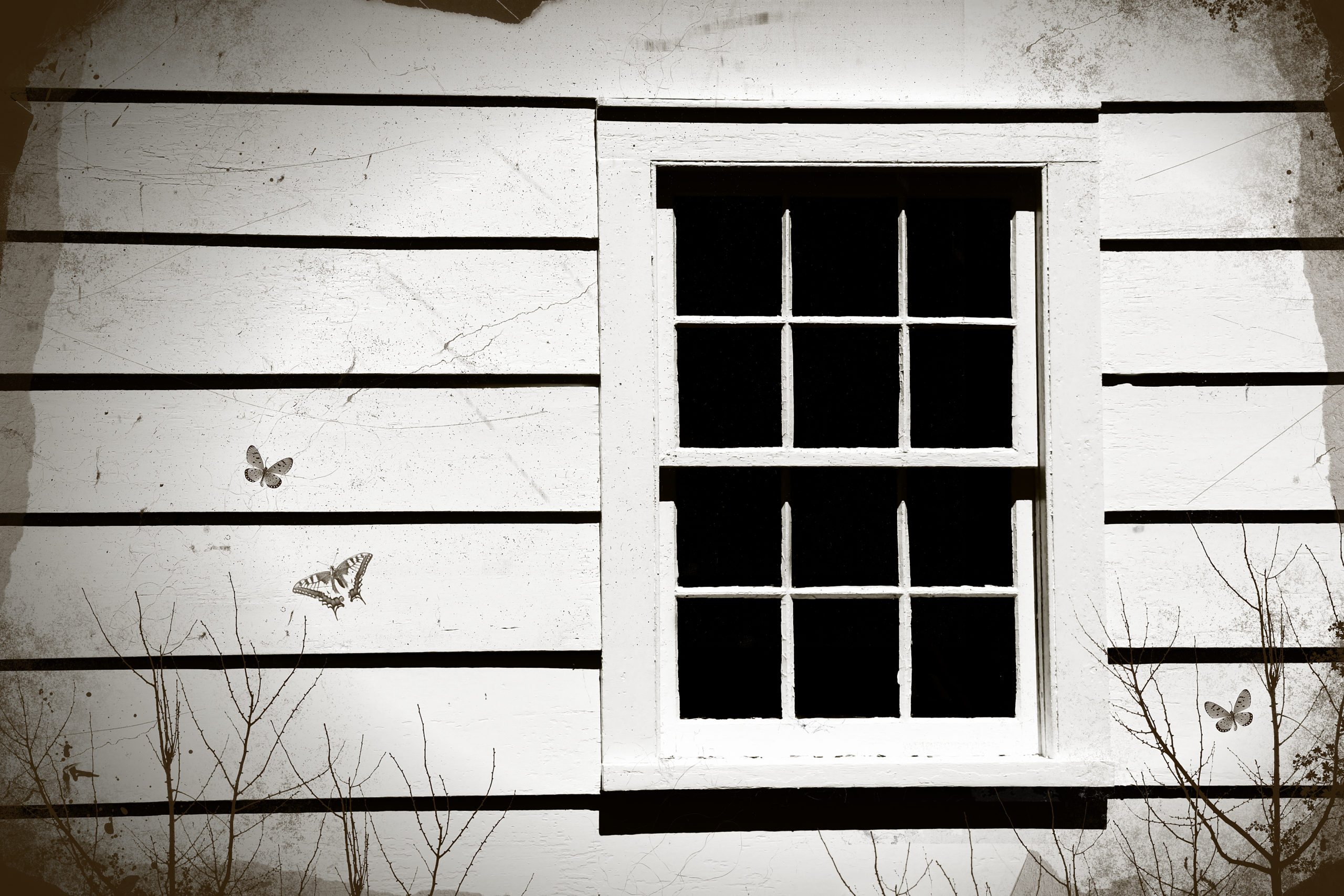Drafty windows? Save money by saving heat
(This post may contain affiliate links. See the full affiliate disclosure here for more info.)
Drafty windows waste energy and keep rooms uncomfortable. It doesn’t matter if your windows are old or newer. Energy.gov estimates that 25-30% of heat is lost through windows. That can be a substantial amount of money in places with cold winter temperatures.
You don’t have to replace your windows to save money on heating bills. There are so many things you can do to save money heating your home and sealing drafty windows.
Some ways are cheap and easy, like caulking, and some require time and effort, like making window quilts that will become part of your decor.
The best solution to drafty windows is not to replace them. You can save $100s by getting window inserts. Read below to find out why this is the best way to cut your heating bill.
Heat loss through drafty windows
DIY ways to stop heat loss
Most of the ways to prevent cold air from coming in through drafty windows involve blocking methods. And there are many ways to do that.
You can choose some of the solutions below, but these can be temporary, needing replacement every year, which can get quite expensive, not to mention time-consuming, and not all that efficient at saving on heating costs.
1. Draft-stopping curtains
I made insulated window quilts for my kids’ rooms. They rolled up during the day using a loop-on-tape system and were sealed to the window frames with magnetic tape at night. They worked well, but when I removed them, the magnetic tape pulled the paint off the window frame. It wasn’t the end of the world, but I don’t think I’d use magnetic tape with one sticky side that adheres to the window frame next time.
Even though we used different systems, Sage Urban Homesteading did a great job describing my frustrations and coming up with a quick and easy window-covering solution.
2. Caulking and crack fillers
Caulking is now available in many colors and types. There’s caulking dispensed from a tube or caulk gun, and some that are available pre-rolled that you simply press into the gaps. Both, however, have to be removed before you use the window in spring and summer and so incur replacement costs, time, and effort.
Here’s a good tutorial on how to caulk double-hung windows.
3. Window film and covers
A cheap but temporary solution is to apply a “shrinkwrap” to your windows. These insulating window shrink films generally come in kits that will wrap several windows, needing only measuring tape, scissors, and a hairdryer.
Try window inserts for drafty windows
Window inserts deserve a section all for themselves. Think of these as the modern version of storm windows, which, traditionally, were mounted on the outside as an exterior block against the weather. They were difficult and dangerous to put up and take down.
But the modern version, window inserts, has so many advantages.
These are used by historic buildings that cannot be changed to preserve their original features but can be used by homeowners (and renters!) who want to save money on their heating bills.
Advantages of window inserts
- They are super easy to put up and take down.
- They are reusable, so once you make the investment, you’re good for many years.
- They don’t block the view.
- They are custom-made to fit each of your windows.
- They stay in place by compression or magnetic fittings, and special hardware is needed.
- If you live in a historic house or historic district and aren’t allowed to replace your windows, this is the perfect solution.
- They are available at a variety of prices, so you’ll probably be able to find one to fit your budget.
- They cost a fraction of the cost of replacement windows.
- If you can’t afford to replace your windows, this is the perfect solution.
Disadvantages of window inserts
- Most are not permanent solutions, although they last for many years.
- In most cases, you will have to carefully measure your windows yourself so the inserts can be made.
The 3 best window inserts for drafty windows
Window inserts vary in price, which usually depends upon the quality (i.e., thickness and material) of the insert film.
Most expensive: Climate Seal
Climate Seal offers magnetic interior insulating windows that they say are the best in the world—with a “performance that rivals or exceeds prime replacement windows.” They are made of vinyl and acrylic and are virtually air-tight.
Acrylic is a better insulator than glass, 1/3 of the weight, and 17 times stronger. It is used inside the window, so it is not exposed to the elements.
Climate Seal window inserts are available through a national dealer network but also have information available for contractors and DIY homeowners.
Mid-range: Indow window inserts
Indow’s acrylic window inserts are edged with a soft, patented silicone compression tube. The inserts press into the interior of your window frames to seal drafts and can save up to 20% on your energy bills.
Indow inserts are custom-made. You can measure the replacement size needed using their proprietary laser-measuring system or your own measuring tape. They have instructions for both on their website.
Cheapest option: Window inserts
The Window Inserts company offers hefty discounts and specials.
They are made of industrial-strength optical-grade polyvinyl film on a white or brown aluminum frame. Foam weather stripping gaskets around the frame are compressed as they are pushed into place, creating a sealed pocket of insulating air.
Tip from Find Your Easy: Use a mix of DIY measures like caulking with window inserts. Choose one or two window insert companies that seem right for you, and order one or two inserts to see if they will suit your needs. Then, order more when you’re satisfied with the results.
Before you choose the most expensive option (replacing your windows), try some of these solutions—especially window inserts—and save time, effort, and heating costs. And stay warm!
Here’s how managing money can help you save money.








